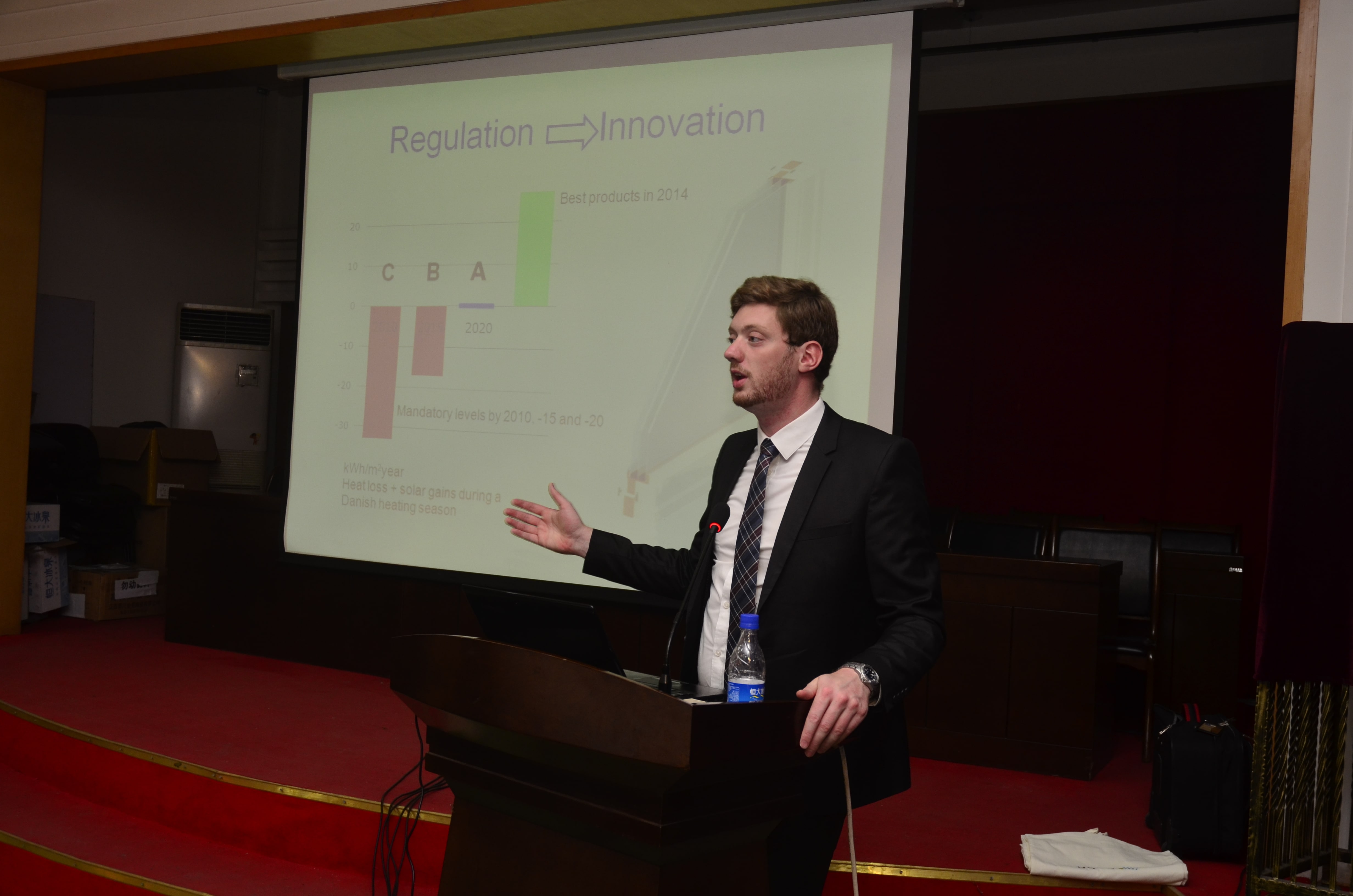Topic: Main part of LEAP Subscribe | Previous | Next
Hi,
I will start to use LEAP for the my Master's Thesis. My sector is Cement Industry. But, I have some questions. First one is, if I add some values like population,GDP and fuel, is it enough for the key assumption part?
Second one is, where is the main part of LEAP? I think "demand", and then, May I add all information in this part?
Thank you for your answers.
One of the big advantages of LEAP, is that it is incredibly flexible.
In Key Assumptions, you don't "need" any data for the model to function. All links between Key Assumptions and other parts (e.g. Demand subsectors) are links you choose and make. In other words, if Population isn't a factor in your study, don't bother putting it in. I'd delete any Key Assumption I didn't need.
The main time spent in LEAP is usually in the "Demand" section, yes. But that depends widely on your study and the results you want. LEAP can analyse upstream very well, meaning you'll get results for Demand -> Transformation -> Resources -> Impacts. Add to that costs for all elements. In the case of Cement industry, that means you can give system change results by changing elements just in the demand sector. Essentially, how will different cement uses and method impact system costs, resource (coal, gas, feedstock) use and how does that impact Environmental factors (GHG, PM2.5 etc.)?
Happy modelling,
Gregers


